Home>Technology>Home Entertainment Systems>What Can You Use For A Projector Screen
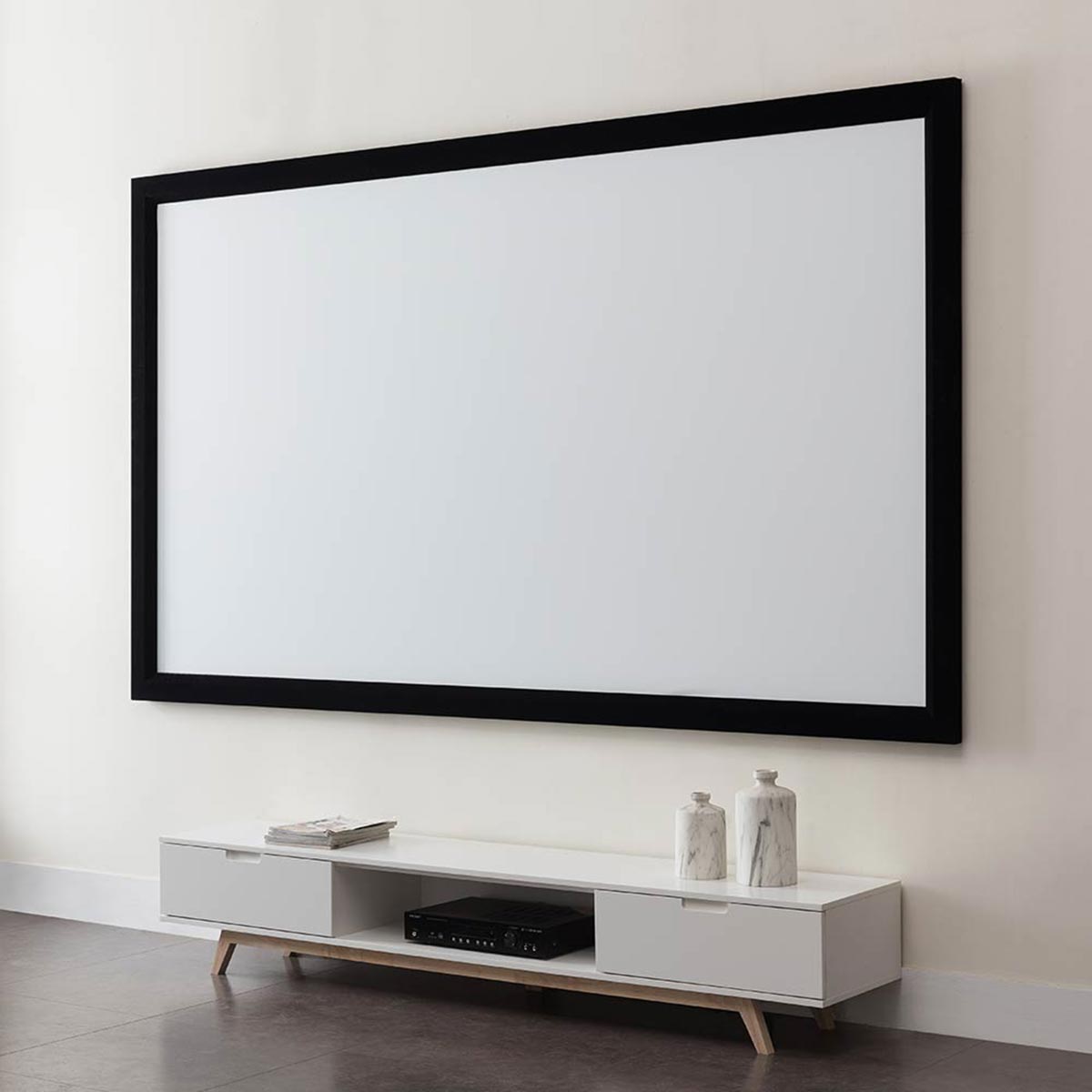

Home Entertainment Systems
What Can You Use For A Projector Screen
Modified: October 21, 2024
Discover the best options for projector screens for your home entertainment system. Find out what you can use to enhance your viewing experience. Choose the perfect screen for your setup today!
(Many of the links in this article redirect to a specific reviewed product. Your purchase of these products through affiliate links helps to generate commission for Storables.com, at no extra cost. Learn more)
Introduction
Are you ready to elevate your home entertainment experience with a projector? Whether you're a movie buff, a gaming enthusiast, or a fan of immersive sports viewing, a projector can bring larger-than-life entertainment right into your living room. However, once you've chosen the perfect projector, you'll need to consider the ideal surface for displaying your favorite content. While a traditional projector screen is a popular choice, there are several creative and cost-effective alternatives available. In this guide, we'll explore a variety of options for creating a projector screen that suits your space, budget, and personal preferences.
From utilizing a simple white wall to crafting a DIY projector screen, we'll delve into the pros and cons of each method. Additionally, we'll discuss innovative solutions such as ambient light-rejecting screens and portable options that cater to different viewing environments. By the end of this comprehensive exploration, you'll have a wealth of knowledge to help you select the perfect projector screen solution for your home. Let's embark on this journey to discover the diverse possibilities for enhancing your projector viewing experience.
Key Takeaways:
- Transform any space into a captivating home theater with creative projector screen alternatives, from DIY solutions to specialized options, catering to diverse preferences and budgets.
- Elevate your viewing experience with ambient light rejecting screens, providing exceptional image quality in various lighting conditions, ensuring captivating and immersive entertainment.
Read more: What Is Gain In A Projector Screen
White Wall
One of the simplest and most convenient options for a projector screen is to use a plain white wall. If you have a smooth, light-colored wall in your viewing area, you may already have the perfect surface for projecting movies, shows, and games. This approach offers a cost-effective and space-saving solution, as it eliminates the need for additional equipment.
When using a white wall as your projector screen, it’s essential to consider the wall’s texture and color. A smooth, matte white surface is ideal for achieving a clear and vibrant projection. Avoid walls with prominent textures or bold colors, as these can distort the projected image and diminish the overall viewing experience. Additionally, ensure that the wall is free from imperfections and blemishes, as these may become noticeable when illuminated by the projector.
While a white wall serves as a convenient makeshift projector screen, there are some drawbacks to consider. Without specialized screen materials, you may experience issues with light reflection and diffusion, especially in rooms with ambient light. To optimize the viewing quality, it’s advisable to dim the lights or use blackout curtains to create a darker environment. Furthermore, a dedicated projector screen typically features enhancements for color accuracy, contrast, and light diffusion, which may not be fully replicated by a standard wall.
Despite these considerations, utilizing a white wall as a projector screen can be an effective solution for casual viewing and temporary setups. It’s a practical choice for those seeking a quick and budget-friendly way to enjoy projected content without investing in a traditional screen.
Blank Wall
When it comes to setting up a projector screen, a blank wall often presents itself as a convenient canvas for home entertainment. Similar to using a white wall, a blank wall can serve as a makeshift projector screen, offering a straightforward and accessible option for displaying your favorite media content.
Utilizing a blank wall for projection purposes requires consideration of several factors to ensure an optimal viewing experience. The wall’s surface should be smooth and free from significant imperfections to prevent distortions in the projected image. Additionally, the wall’s color plays a crucial role in the quality of the projected content. Light-colored walls are preferable, as they provide a neutral backdrop that allows projected images to appear vivid and true to their original colors.
While a blank wall may seem like a convenient choice for a projector screen, it’s important to address potential limitations. Without specialized screen materials, you may encounter issues related to light reflection and diffusion, particularly in spaces with ambient light. To mitigate these challenges, creating a controlled lighting environment by using blackout curtains or dimmable lighting can significantly enhance the viewing quality.
Furthermore, it’s essential to consider the aspect ratio and dimensions of the blank wall in relation to your projector’s native resolution. Ensuring that the wall’s dimensions align with the desired aspect ratio can help prevent image distortion and optimize the viewing experience. While a dedicated projector screen may offer advanced features such as improved color accuracy and light diffusion, a blank wall can serve as a practical and cost-effective alternative for casual viewing and temporary setups.
Ultimately, a blank wall provides a versatile and accessible surface for projecting movies, TV shows, and games, making it a viable option for individuals seeking a straightforward and budget-friendly approach to setting up a projector screen in their home environment.
DIY Projector Screen
For those seeking a customized and budget-friendly approach to creating a projector screen, a do-it-yourself (DIY) solution offers a versatile and creative option. Crafting your own projector screen allows you to tailor the size, materials, and appearance to suit your specific preferences and viewing environment.
One popular DIY projector screen option involves utilizing blackout cloth, a specialized material designed to enhance image quality and minimize light reflection. This fabric can be affixed to a wooden frame or mounted directly onto a wall, providing a smooth and light-absorbing surface for projecting content. Building a frame for the screen allows for easy installation and adjustment, enabling you to achieve a professional-looking setup tailored to your space.
Another DIY approach involves repurposing materials such as PVC pipes, wood, or metal frames to construct a portable or fixed projector screen. By customizing the frame’s dimensions and incorporating stretchable screen material, you can create a personalized screen that meets your specific viewing requirements. This method allows for flexibility in choosing the screen’s aspect ratio and size, making it suitable for accommodating various content formats.
When embarking on a DIY projector screen project, it’s essential to consider the viewing environment and lighting conditions. Selecting the appropriate screen material, such as high-gain or ambient light-rejecting fabric, can significantly impact image clarity and contrast, especially in spaces with ambient light. Additionally, ensuring a flat and smooth surface is crucial for achieving a distortion-free projection, enhancing the overall viewing experience.
While a DIY projector screen offers the freedom to customize and tailor the screen to your preferences, it requires careful planning and attention to detail to achieve optimal results. By leveraging creativity and resourcefulness, individuals can craft a personalized projector screen that complements their home entertainment setup, providing a rewarding and cost-effective alternative to commercial screens.
With the ability to customize the size, materials, and design, a DIY projector screen empowers enthusiasts to create a unique and tailored viewing experience that reflects their individual style and preferences.
Retractable Projector Screen
For those seeking a versatile and space-efficient solution for their projector setup, a retractable projector screen offers a convenient and professional viewing experience. This type of screen is designed to retract into a compact housing when not in use, providing a seamless and unobtrusive addition to your home entertainment space.
Retractable projector screens are available in various formats, including manual pull-down screens and motorized screens. Manual pull-down screens feature a spring-loaded mechanism that allows the screen to be pulled down to the desired viewing position and retracted back into the housing when not in use. On the other hand, motorized screens offer the convenience of remote-controlled operation, allowing for effortless deployment and retraction at the touch of a button.
One of the key benefits of a retractable projector screen is its ability to preserve space and maintain a clean aesthetic when not in use. By seamlessly concealing the screen within its housing, this type of screen eliminates the need for a permanent fixture, making it an ideal choice for multipurpose rooms or spaces with limited wall space for a fixed screen.
When selecting a retractable projector screen, it’s essential to consider the screen’s material and gain to ensure optimal image quality and brightness. High-quality retractable screens are available in various materials, including matte white and ambient light-rejecting fabrics, catering to different viewing environments and lighting conditions. Additionally, the screen’s aspect ratio and size should align with your projector’s native resolution to deliver a seamless and immersive viewing experience.
Retractable projector screens offer a professional and streamlined solution for creating a dedicated viewing area within your home. Whether you opt for a manual pull-down screen or a motorized screen with remote control functionality, the versatility and space-saving nature of retractable screens make them an attractive choice for individuals seeking a polished and adaptable projector setup.
With their ability to seamlessly integrate into your living space and provide on-demand viewing capabilities, retractable projector screens offer a sophisticated and practical solution for enhancing your home entertainment experience.
Read more: What Paint Do I Use For A Projector Screen
Portable Projector Screen
When flexibility and convenience are paramount in your home entertainment setup, a portable projector screen emerges as a versatile and adaptable solution. Designed for easy transport and quick assembly, portable screens offer the freedom to enjoy immersive viewing experiences in various locations, making them ideal for movie nights, outdoor gatherings, and presentations.
Portable projector screens are available in a range of designs, including freestanding, tripod-mounted, and inflatable options. Freestanding screens feature a lightweight and collapsible frame that supports the screen material, allowing for effortless setup and takedown. Tripod-mounted screens offer stability and adjustability, making them suitable for indoor and outdoor use. Inflatable screens, often utilized for outdoor movie nights, provide a unique and eye-catching viewing experience while remaining highly portable and easy to set up.
One of the key advantages of a portable projector screen is its ability to adapt to different viewing environments and accommodate various projection needs. Whether you’re hosting a backyard movie night, delivering a presentation in a non-traditional setting, or simply seeking a flexible screen solution, the portability and quick setup of these screens make them a valuable addition to your entertainment arsenal.
When selecting a portable projector screen, considerations such as screen size, aspect ratio, and material quality play a crucial role in ensuring an optimal viewing experience. High-quality portable screens feature wrinkle-resistant materials that preserve image integrity, while the screen’s aspect ratio should align with your projector’s native resolution to prevent image distortion.
Portable projector screens empower users to transform any space into a captivating viewing area, whether indoors or outdoors, providing an immersive and adaptable solution for a wide range of projection needs. With their lightweight, collapsible, and user-friendly design, portable screens offer a convenient and versatile option for enhancing your home entertainment experience.
By embracing the portability and flexibility of these screens, individuals can enjoy the freedom to create captivating viewing environments wherever their imagination takes them, making every movie night, presentation, or gaming session an unforgettable experience.
You can use a white or light-colored wall as a makeshift projector screen. Alternatively, you can purchase a portable projector screen or use a white bedsheet for a temporary solution.
Painted Wall
Transforming a painted wall into a projector screen presents an innovative and customizable approach to home entertainment. By leveraging specialized projector screen paint, individuals can seamlessly integrate a high-quality projection surface into their existing living space, offering a discreet and tailored solution for displaying movies, games, and multimedia content.
Projector screen paint is designed to enhance image clarity, color accuracy, and contrast while minimizing light reflection and hot spotting. This specialized paint is formulated to create a smooth and light-absorbing surface, effectively optimizing the projected image’s quality and visibility. When applied to a wall, the projector screen paint transforms it into a dedicated projection surface, providing a seamless and unobtrusive solution for immersive viewing experiences.
One of the key advantages of using projector screen paint on a wall is the ability to customize the screen’s size and aspect ratio to suit your specific preferences and viewing environment. Unlike traditional fixed screens, which are limited by their predetermined dimensions, a painted wall allows for flexibility in creating a screen tailored to your space and projection needs. This versatility makes it an appealing option for individuals seeking a seamless and integrated projector setup.
When considering a painted wall as a projector screen, it’s essential to ensure that the wall’s surface is smooth, free from imperfections, and appropriately primed to optimize the paint’s adhesion and performance. Additionally, the lighting conditions in the viewing area should be taken into account, as ambient light can impact the projected image’s clarity. Creating a controlled lighting environment through the use of dimmable lighting or blackout curtains can enhance the overall viewing experience.
By utilizing projector screen paint on a wall, individuals can seamlessly integrate a high-quality projection surface into their living space, offering a discreet and tailored solution for displaying movies, games, and multimedia content. This innovative approach provides a customizable and space-efficient alternative to traditional fixed screens, allowing for a seamless and unobtrusive projector setup that complements your home environment.
With its ability to seamlessly blend into your living space and deliver a personalized viewing experience, a painted wall equipped with projector screen paint offers a versatile and innovative solution for enhancing your home entertainment setup.
Bed Sheet
When seeking a quick and budget-friendly solution for creating a makeshift projector screen, repurposing a bed sheet offers a simple and accessible option. While unconventional, using a bed sheet as a projection surface can provide a temporary solution for enjoying movies, TV shows, and gaming experiences in your home environment.
Repurposing a bed sheet as a projector screen requires consideration of several factors to optimize the viewing experience. The sheet should be tautly stretched and secured to prevent wrinkles and ensure a smooth projection surface. Additionally, the sheet’s color and material play a crucial role in image quality, with lighter, neutral-colored sheets being preferable to preserve color accuracy and brightness.
It’s important to note that using a bed sheet as a projector screen may present certain limitations compared to dedicated projection surfaces. Sheets may not offer the same light diffusion, color accuracy, and contrast enhancement as specialized projector screens, potentially impacting the overall viewing quality. Additionally, ambient light can affect the projected image’s clarity, making it important to create a dimly lit environment for optimal viewing conditions.
While repurposing a bed sheet as a projector screen offers a quick and cost-effective solution, it is best suited for temporary or casual viewing experiences. It provides a practical option for individuals seeking a makeshift screen for occasional movie nights or gaming sessions without the need for a permanent setup.
Ultimately, repurposing a bed sheet as a projector screen offers a simple and accessible solution for temporary viewing needs, providing a budget-friendly alternative for creating an impromptu home theater experience. While it may not offer the advanced features of dedicated screens, it serves as a practical and versatile option for casual projection setups.
Shower Curtain
Repurposing a shower curtain as a makeshift projector screen offers a creative and resourceful solution for individuals seeking a temporary and budget-friendly option for displaying projected content. While unconventional, a shower curtain can serve as a versatile and easily accessible surface for projecting movies, TV shows, and games in a home environment.
When utilizing a shower curtain as a projector screen, it’s important to consider several factors to optimize the viewing experience. The curtain should be tautly stretched and secured to prevent wrinkles and ensure a smooth projection surface. Additionally, the curtain’s color and material play a crucial role in image quality, with lighter, neutral-colored curtains being preferable to preserve color accuracy and brightness.
It’s essential to acknowledge that using a shower curtain as a projector screen may present certain limitations compared to dedicated projection surfaces. Shower curtains may not offer the same light diffusion, color accuracy, and contrast enhancement as specialized projector screens, potentially impacting the overall viewing quality. Additionally, ambient light can affect the projected image’s clarity, making it important to create a dimly lit environment for optimal viewing conditions.
While repurposing a shower curtain as a projector screen offers a quick and cost-effective solution, it is best suited for temporary or casual viewing experiences. It provides a practical option for individuals seeking a makeshift screen for occasional movie nights or gaming sessions without the need for a permanent setup.
Ultimately, repurposing a shower curtain as a projector screen offers a creative and resourceful solution for temporary viewing needs, providing a budget-friendly alternative for creating impromptu home theater experiences. While it may not offer the advanced features of dedicated screens, it serves as a practical and versatile option for casual projection setups.
Read more: How Do You Clean A Projector Screen
Ambient Light Rejecting Screen
When seeking an advanced and versatile solution for a projector screen, an ambient light rejecting (ALR) screen stands out as a cutting-edge option designed to enhance image quality in various lighting conditions. This specialized screen is engineered to mitigate the impact of ambient light, allowing for vibrant and clear projected images even in brightly lit environments.
The key feature of an ALR screen lies in its ability to selectively reflect the projected light while rejecting ambient light from other sources. This results in improved contrast, color accuracy, and overall image clarity, making it an ideal choice for spaces with natural or artificial lighting. By effectively managing light interference, ALR screens deliver a captivating viewing experience without the need for complete darkness, offering versatility and adaptability for different viewing environments.
ALR screens are available in various configurations, including fixed-frame and motorized options, catering to different installation preferences and space constraints. The advanced optical properties of these screens enable them to maintain image integrity and brightness, making them suitable for home theaters, living rooms, and multipurpose entertainment spaces.
One of the notable advantages of an ALR screen is its ability to preserve image quality in well-lit environments, allowing for daytime viewing and eliminating the need for blackout conditions. This feature makes it an ideal choice for individuals seeking a versatile and immersive viewing experience without compromising on ambient lighting preferences.
When selecting an ALR screen, considerations such as screen gain, viewing angles, and screen material quality play a crucial role in optimizing the viewing experience. High-quality ALR screens utilize specialized materials and coatings to achieve exceptional light rejection and image performance, ensuring a captivating and immersive viewing experience in diverse lighting conditions.
By harnessing the advanced light-rejecting properties of these screens, individuals can enjoy a captivating and immersive viewing experience without the limitations of traditional projection surfaces. With their ability to enhance image quality and accommodate various lighting conditions, ALR screens offer a cutting-edge and adaptable solution for elevating home entertainment setups.
With their advanced light-rejecting properties and versatility, ALR screens empower individuals to create captivating and immersive viewing environments that cater to diverse lighting preferences, making every movie night, gaming session, or multimedia experience a visually stunning and enjoyable affair.
Conclusion
As we conclude our exploration of alternative projector screen options, it’s evident that there are myriad creative and practical choices available for individuals seeking to enhance their home entertainment setups. From utilizing existing surfaces such as white walls and blank walls to crafting DIY screens and leveraging specialized solutions like retractable, portable, and ambient light rejecting screens, the possibilities for creating immersive viewing experiences are diverse and adaptable.
Each alternative screen option offers unique advantages and considerations, catering to a wide range of preferences, budgets, and viewing environments. While a white wall or blank wall presents a convenient and cost-effective solution, DIY screens provide the freedom to customize and tailor the projection surface. Retractable screens offer space-saving versatility, while portable screens deliver flexibility and adaptability for various settings. Specialized options such as painted walls and repurposed materials like bed sheets and shower curtains provide innovative and resourceful alternatives, showcasing the ingenuity and creativity inherent in home entertainment setups.
For those seeking advanced image quality and versatility, ambient light rejecting screens stand out as a cutting-edge solution designed to optimize viewing experiences in diverse lighting conditions, providing exceptional contrast, color accuracy, and image clarity.
Ultimately, the choice of a projector screen is a deeply personal one, influenced by individual preferences, space constraints, and the desired viewing experience. Whether it’s the convenience of a makeshift screen, the versatility of a portable solution, or the advanced capabilities of specialized screens, the goal remains the same: to create captivating and immersive viewing environments that elevate the enjoyment of movies, TV shows, games, and multimedia content.
By embracing the diverse array of projector screen options, individuals can tailor their home entertainment setups to reflect their unique styles and preferences, ensuring that every viewing experience is a visually stunning and enjoyable affair. Whether it’s a casual movie night, an exhilarating gaming session, or a captivating multimedia presentation, the right projector screen choice can transform any space into a captivating and immersive viewing environment.
Frequently Asked Questions about What Can You Use For A Projector Screen
Was this page helpful?
At Storables.com, we guarantee accurate and reliable information. Our content, validated by Expert Board Contributors, is crafted following stringent Editorial Policies. We're committed to providing you with well-researched, expert-backed insights for all your informational needs.
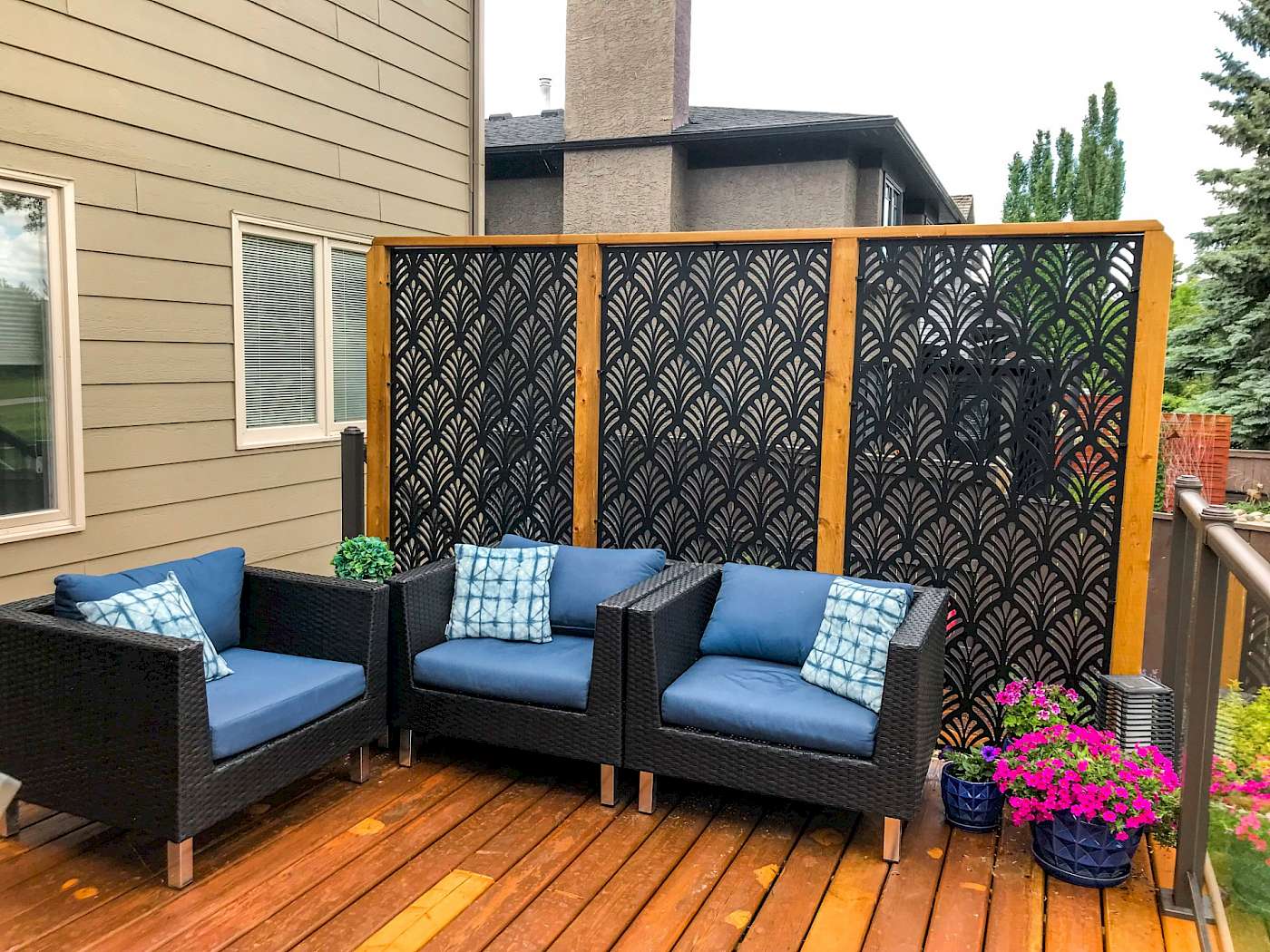
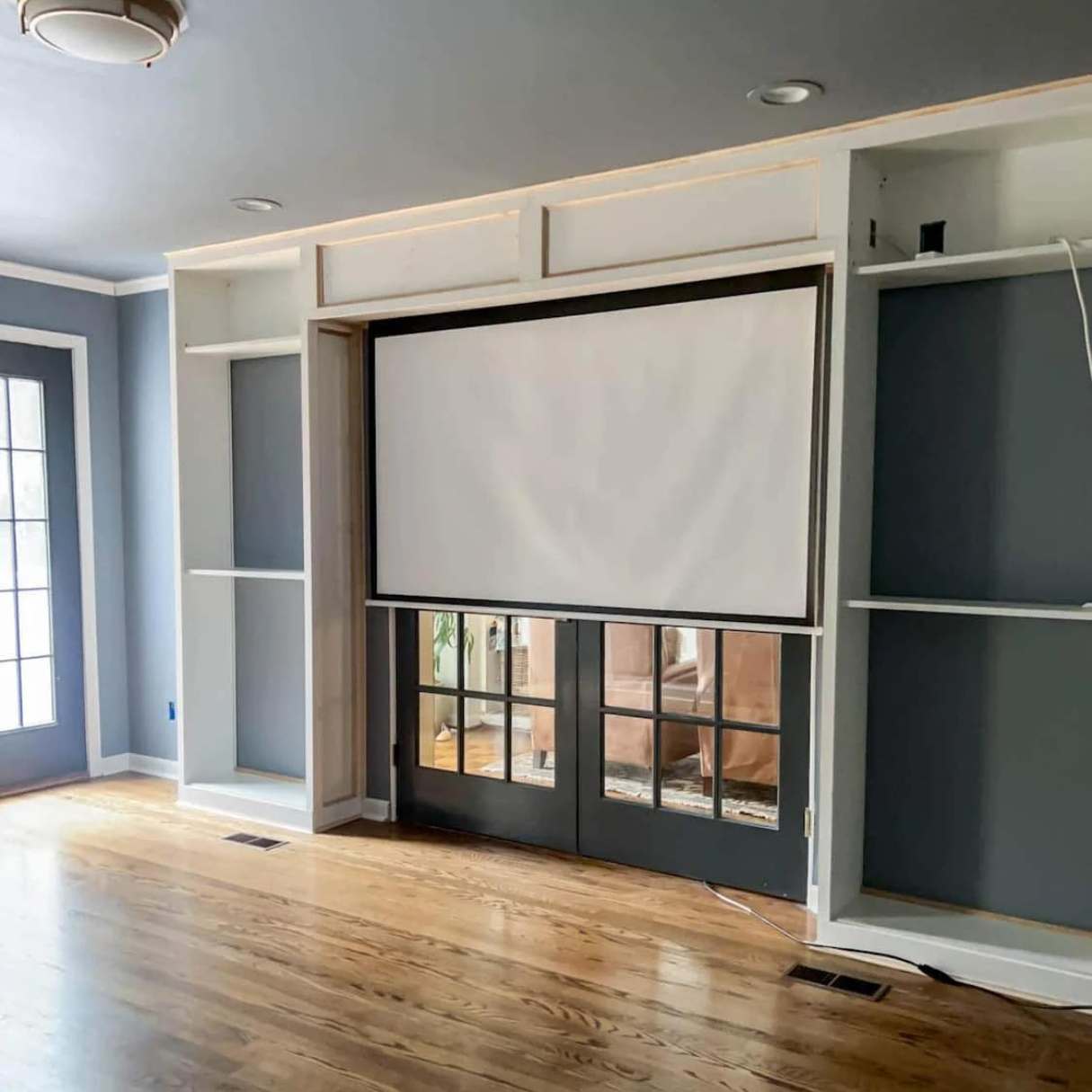
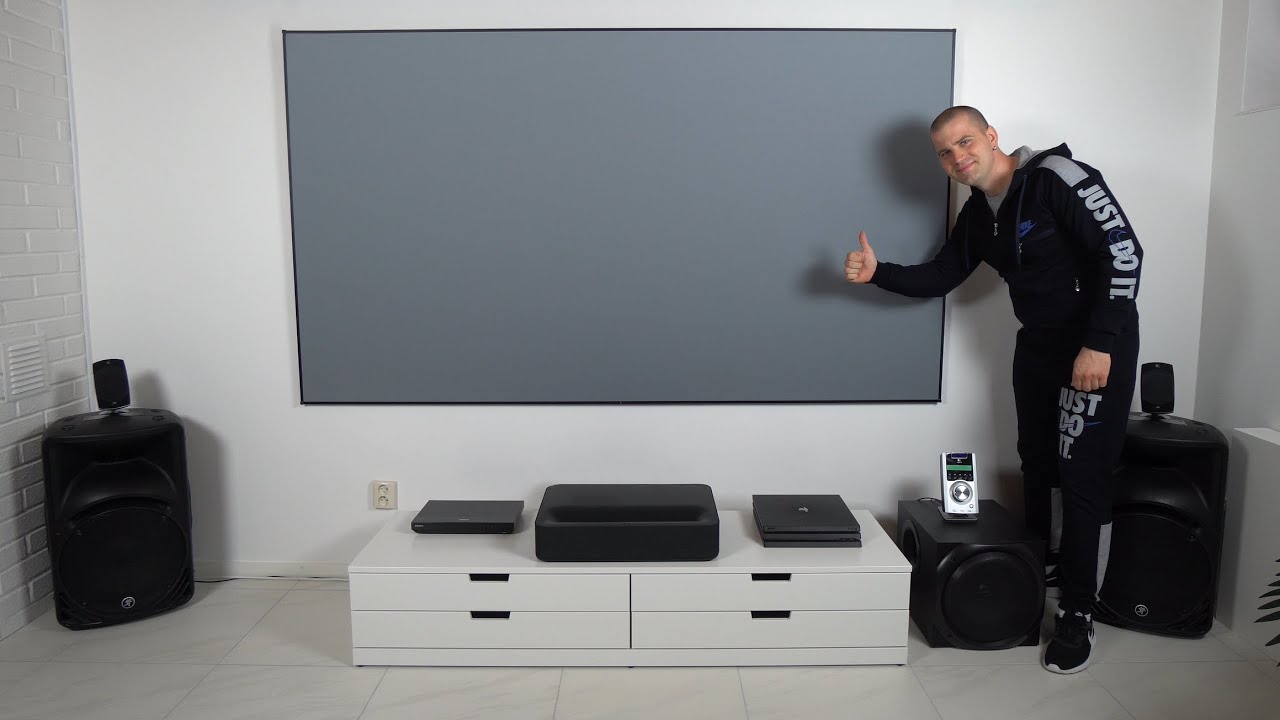
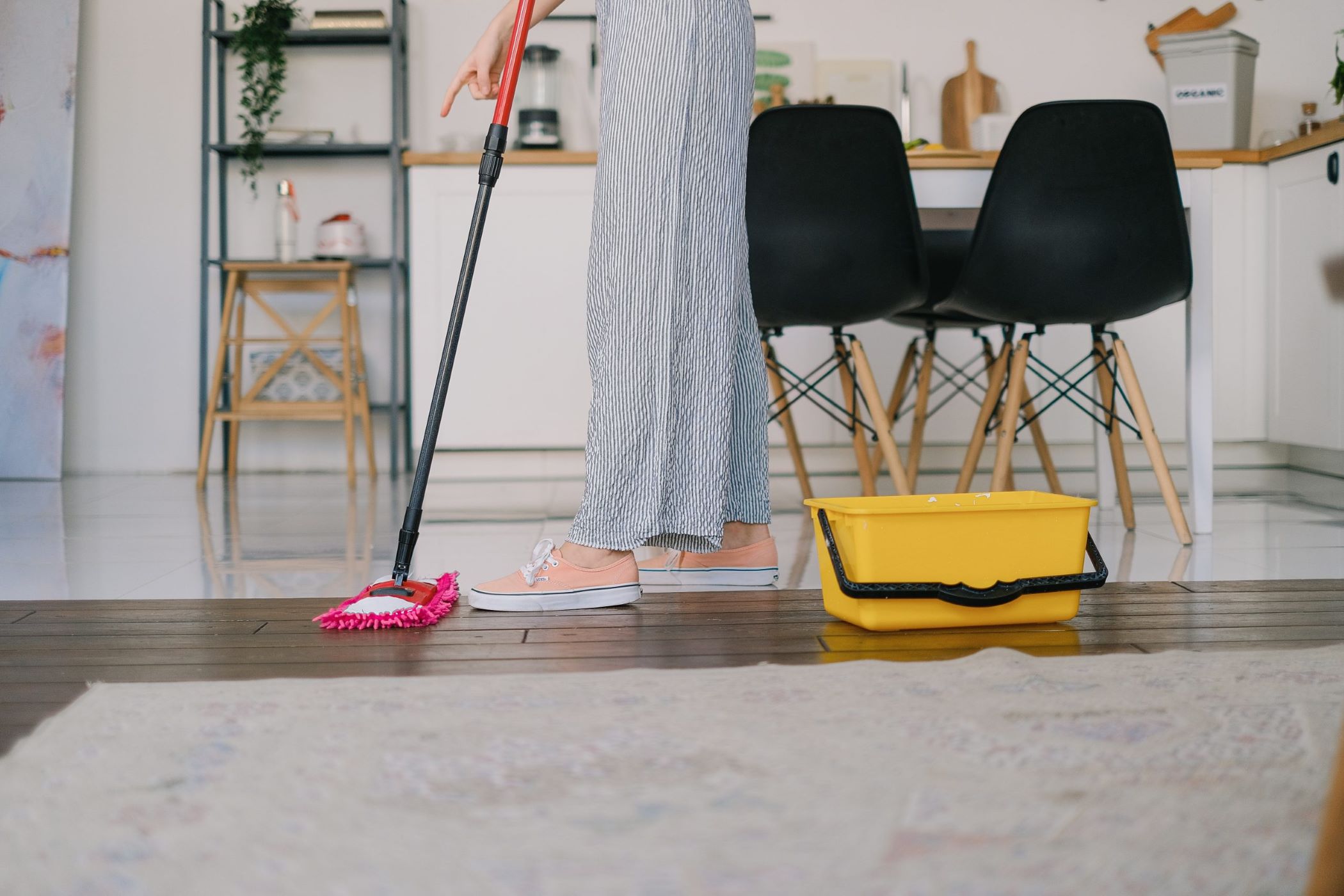
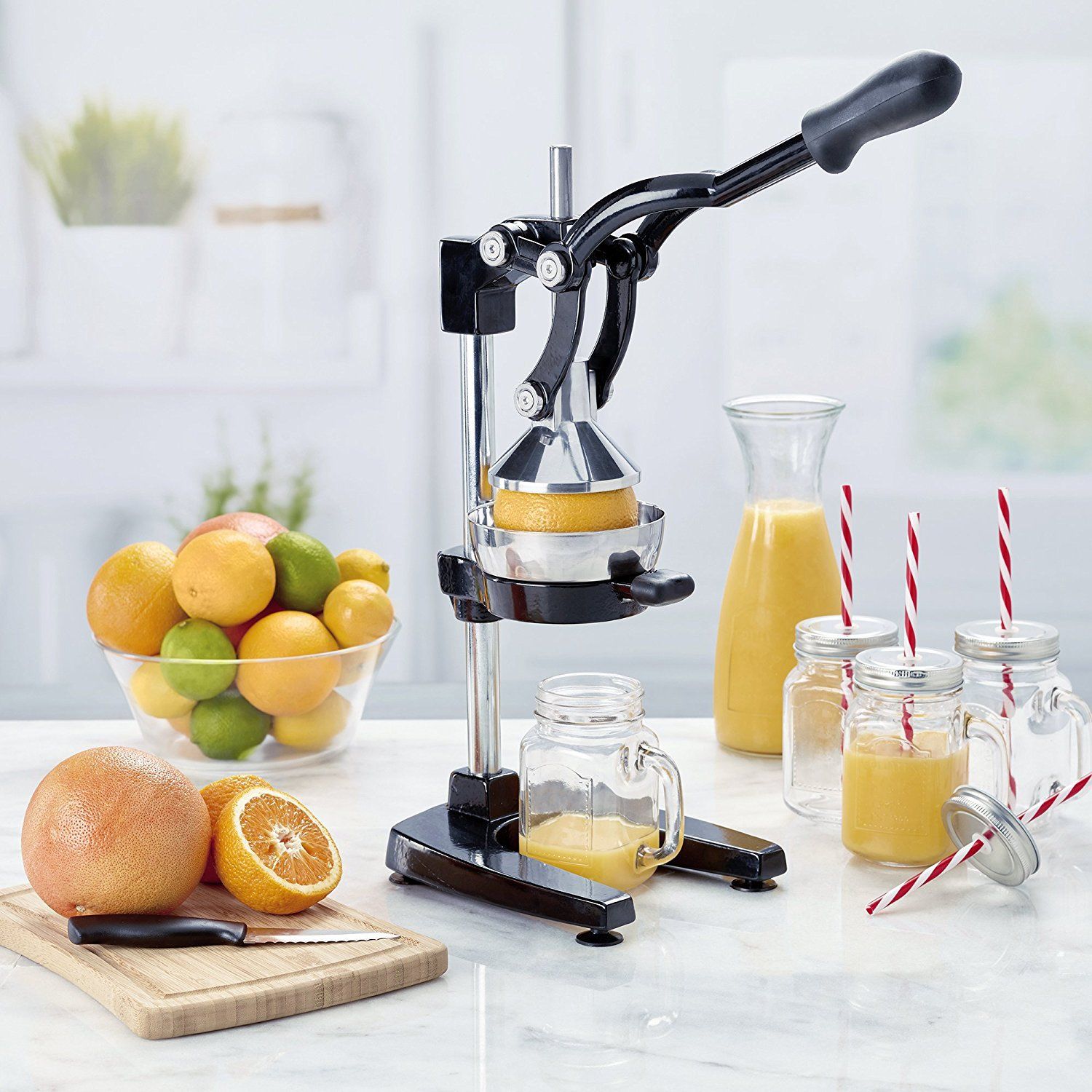
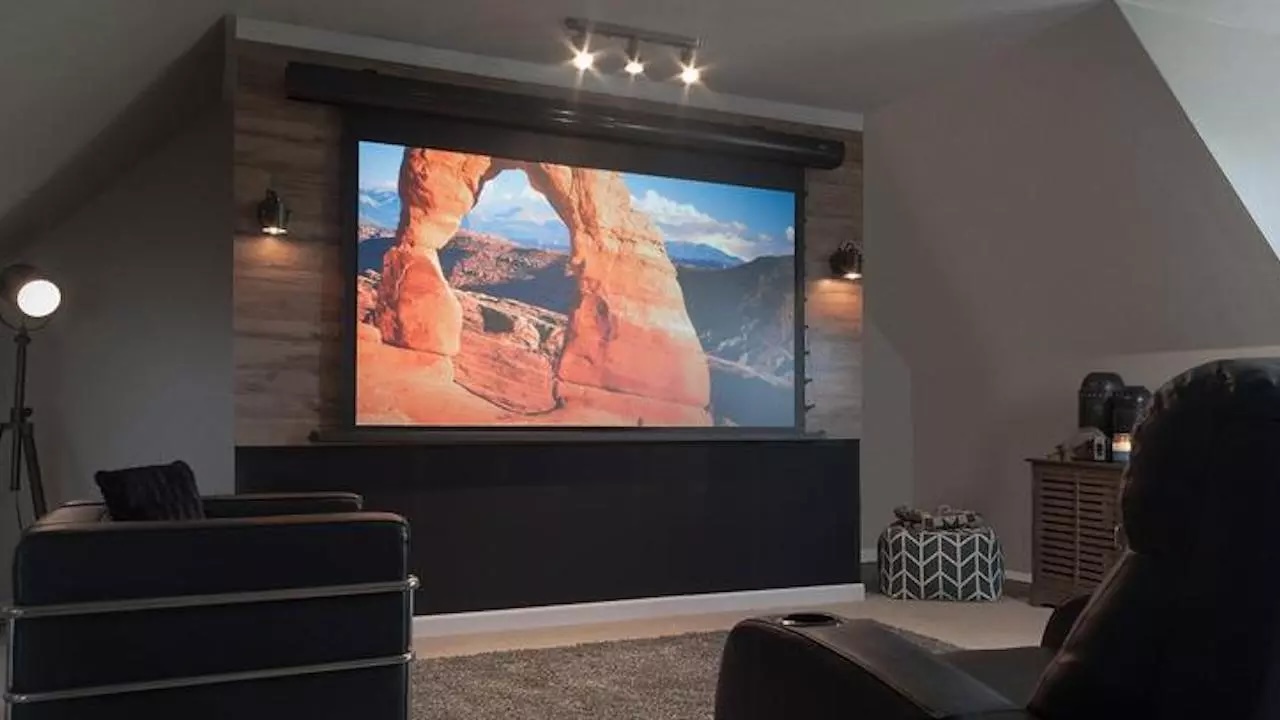
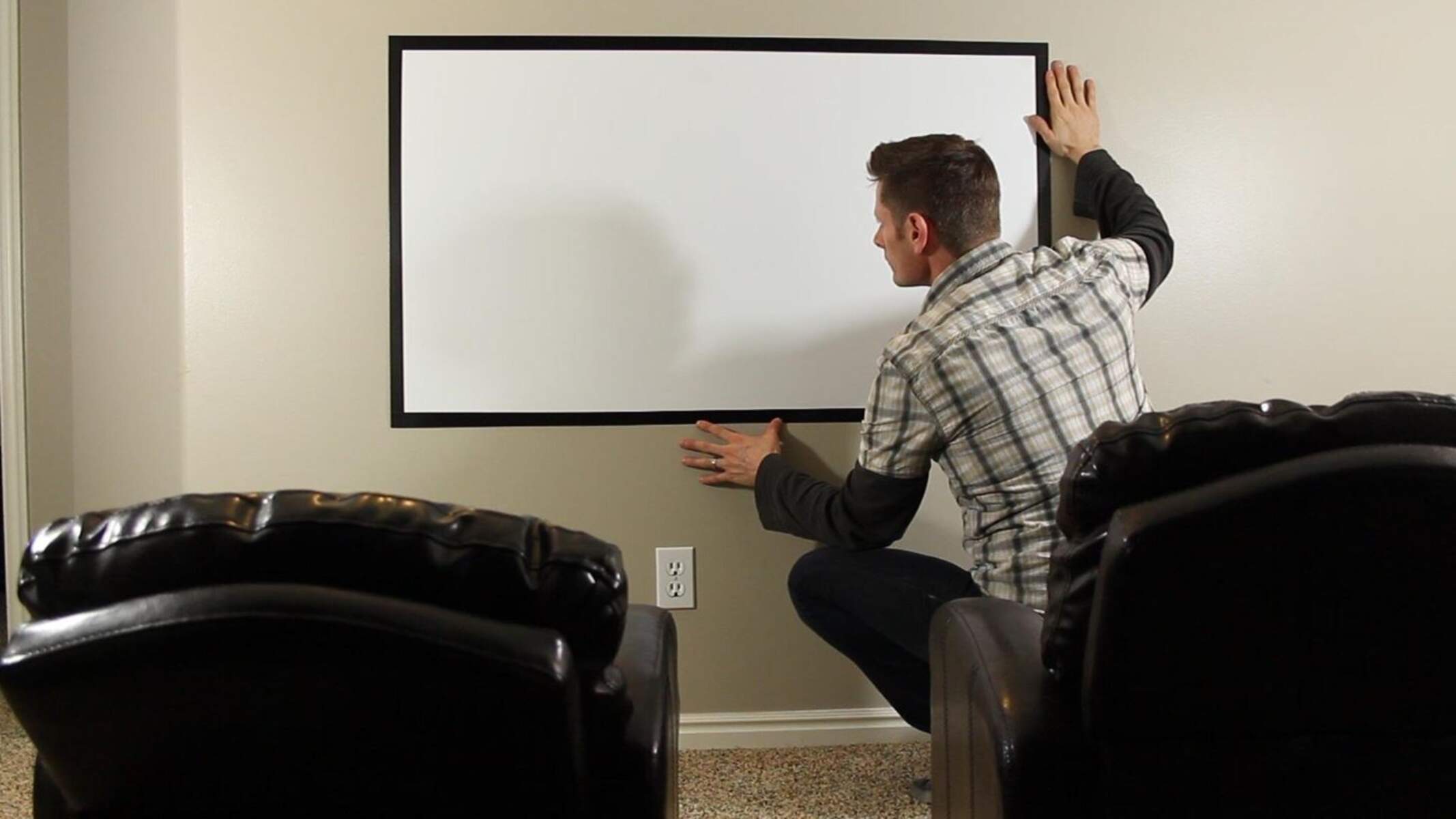
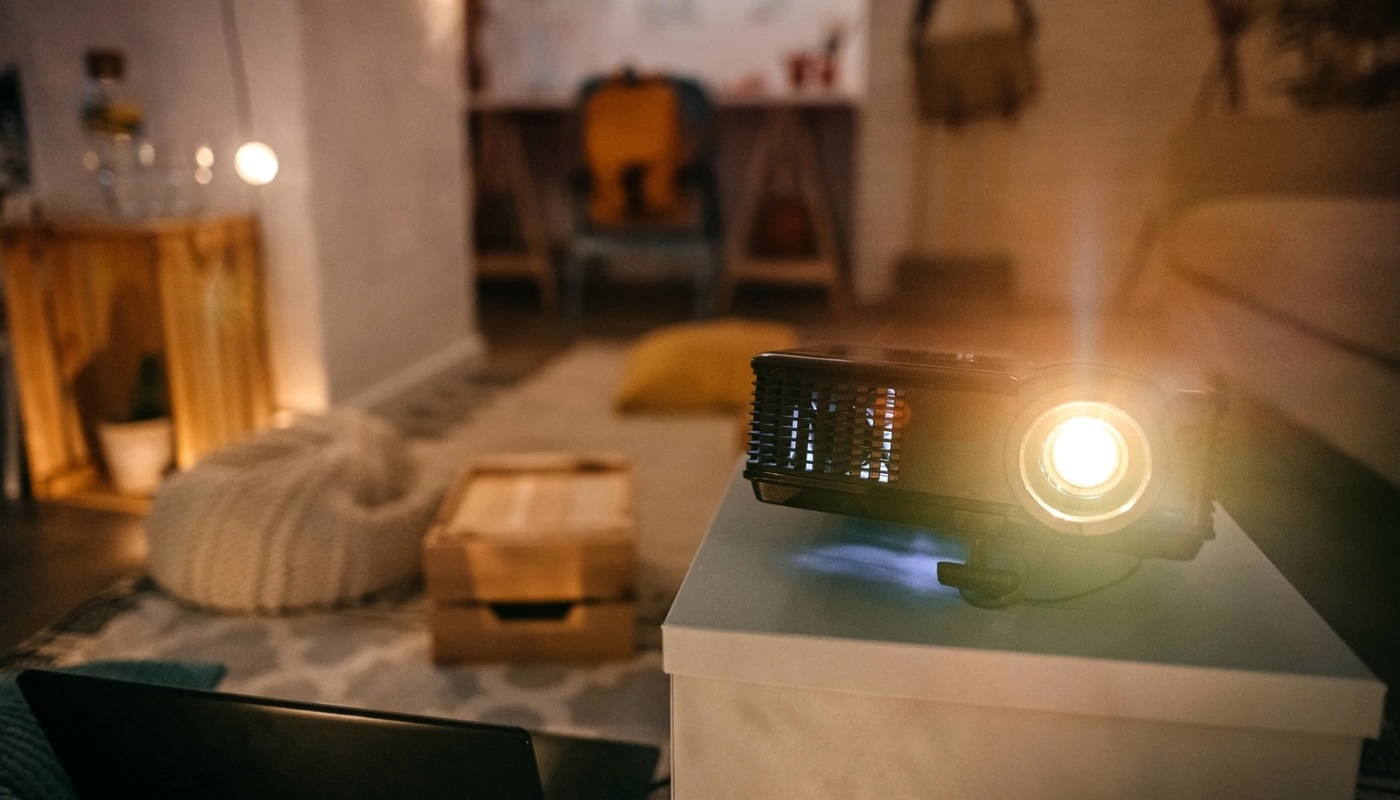
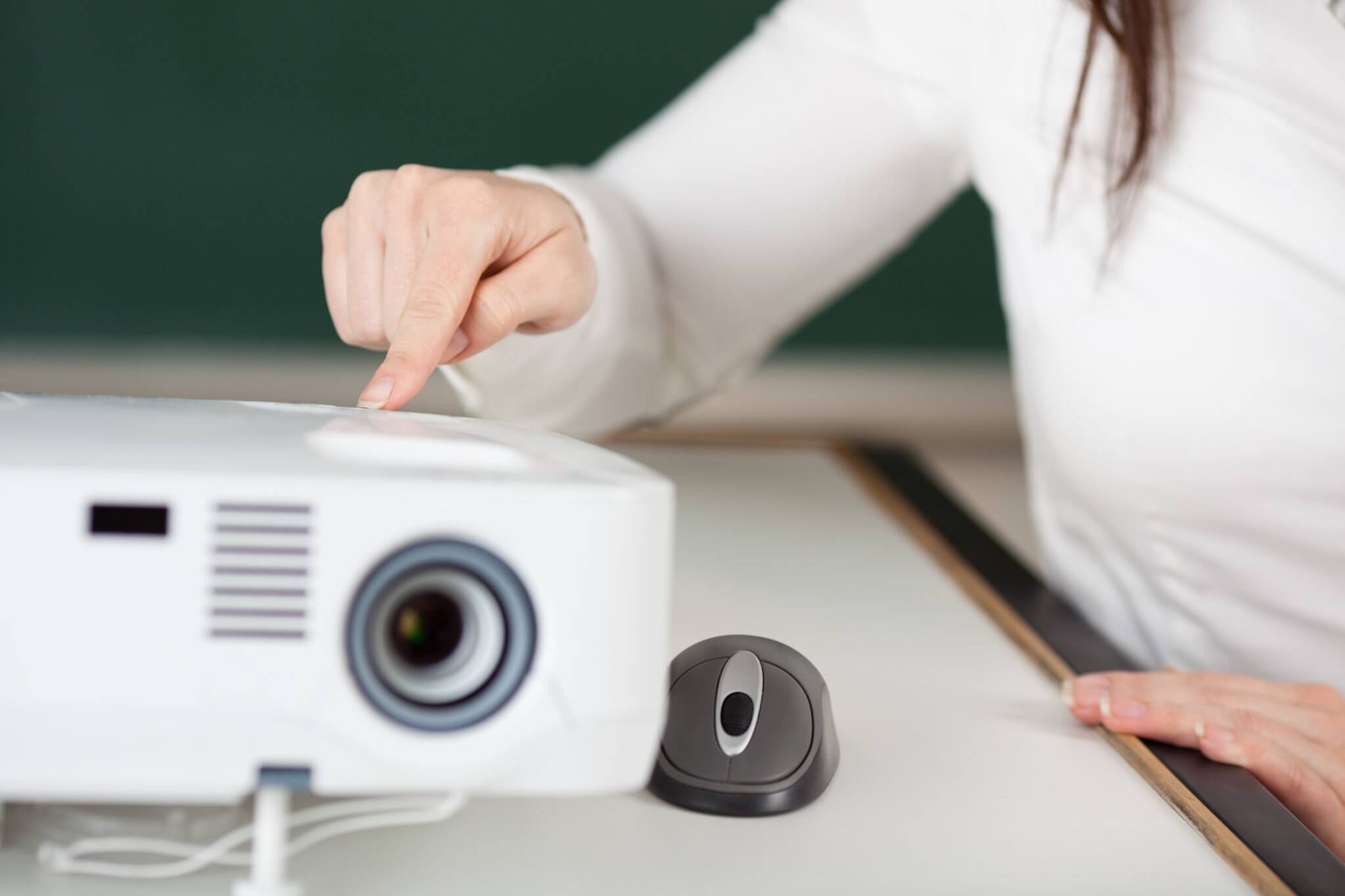
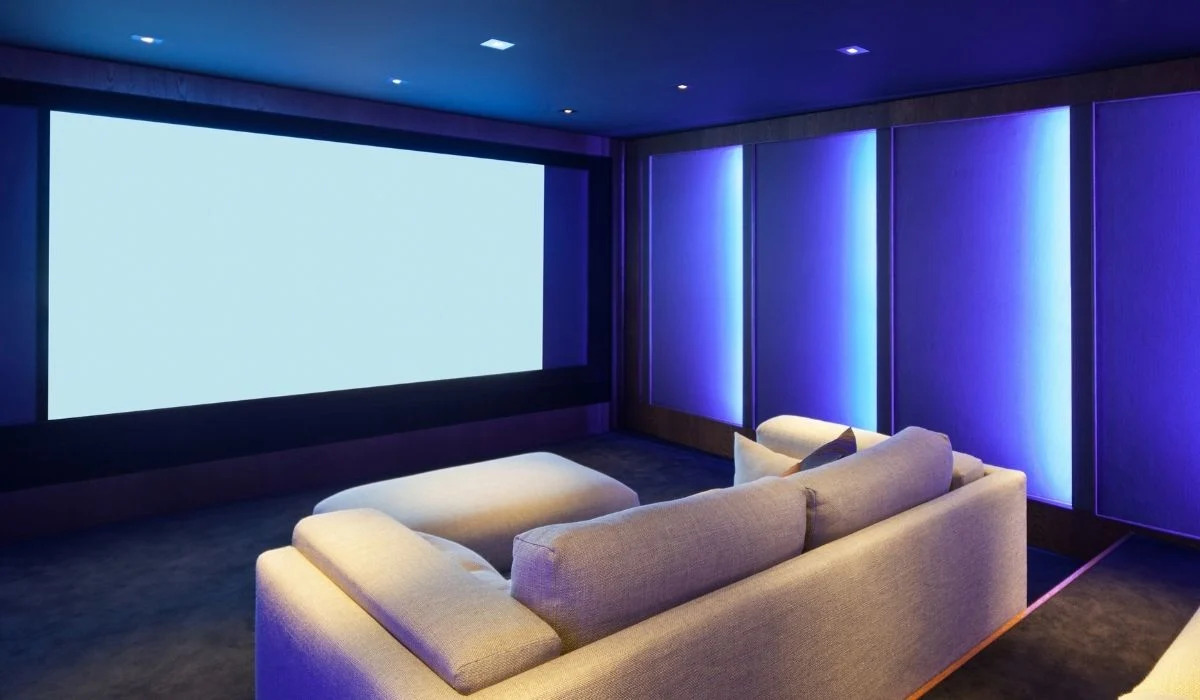
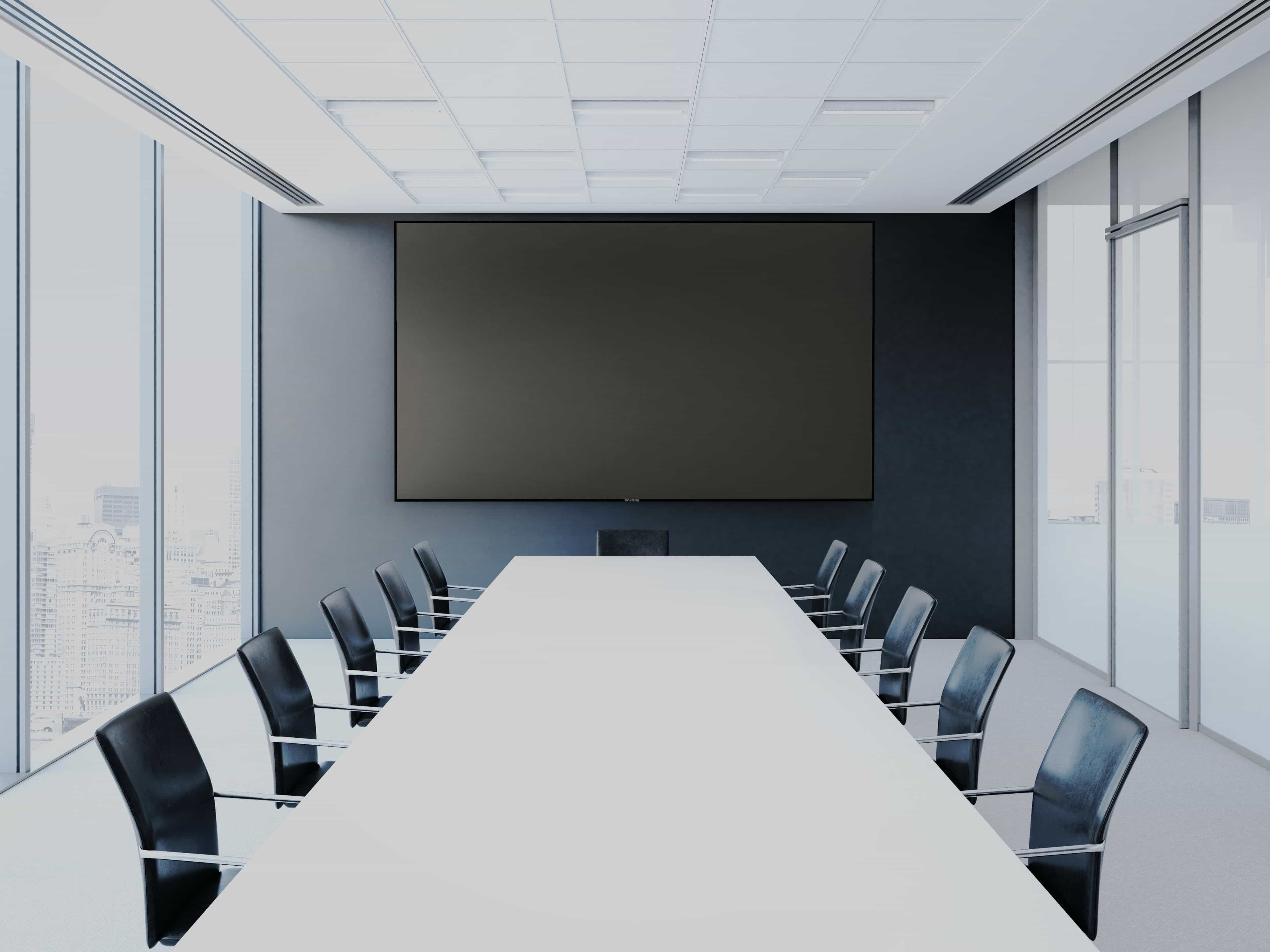
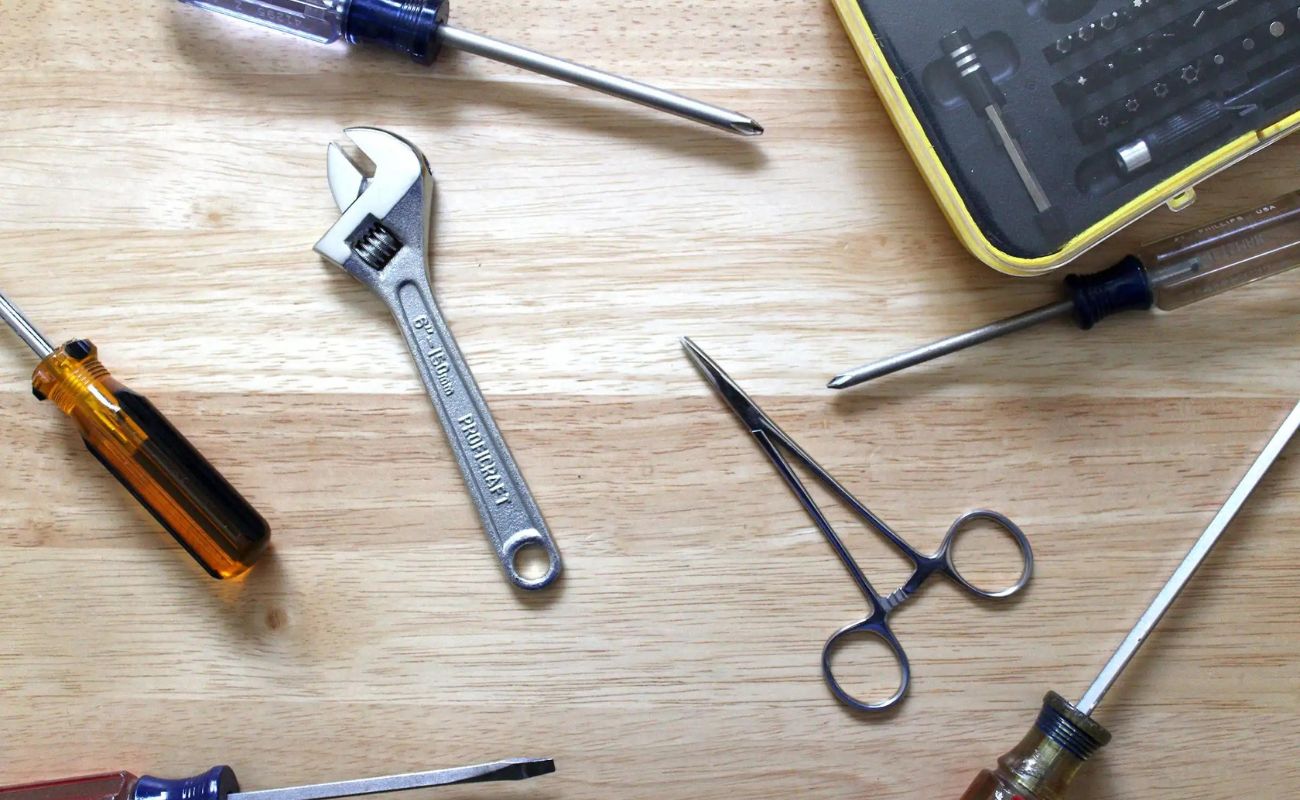
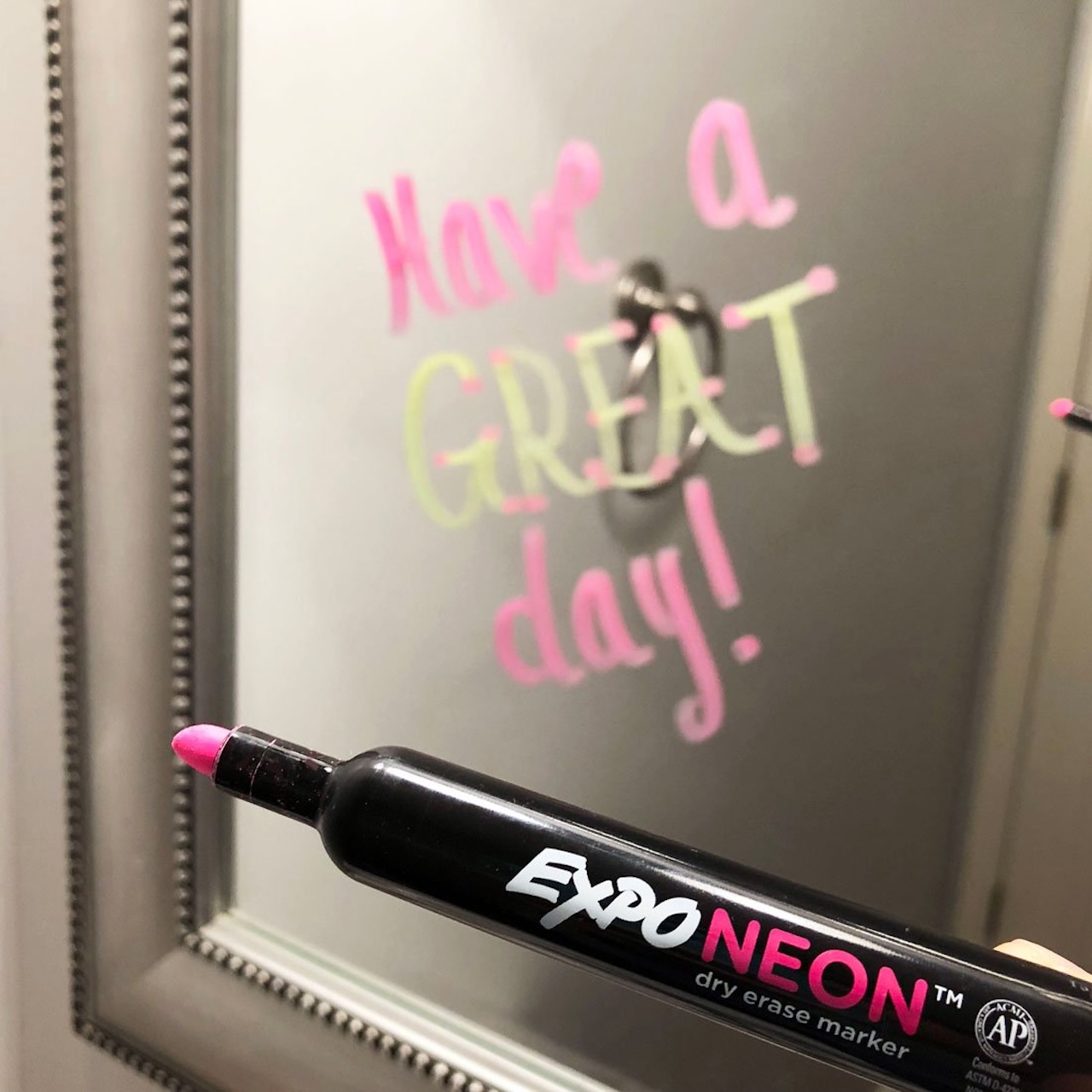

0 thoughts on “What Can You Use For A Projector Screen”